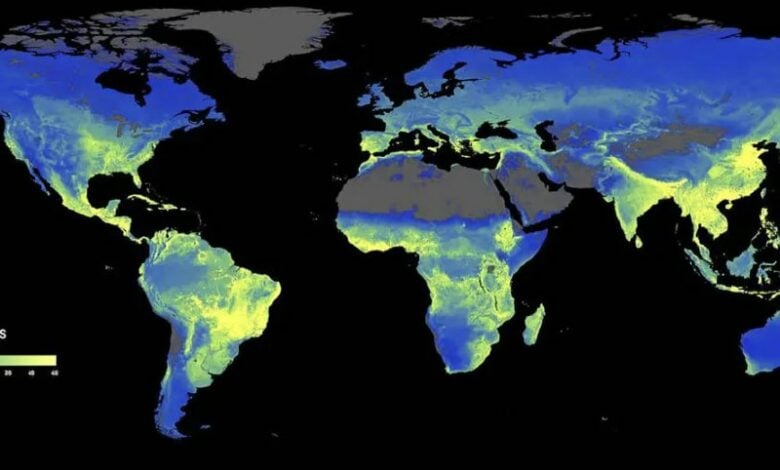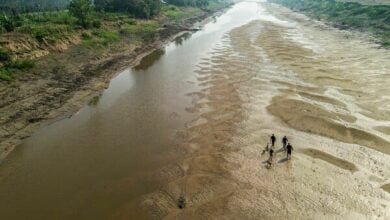Global Underground Fungi Networks at Risk, New Maps Reveal

Global Underground Fungi Networks at Risk, New Maps Reveal
————————————–
Scientists have unveiled the first high-resolution global maps of underground mycorrhizal fungi, essential networks that support life on Earth by transporting nutrients, capturing carbon, and protecting plant health, Earth.com reported. Using over 2.8 billion fungal DNA sequences from 130 countries, the maps reveal that more than 90% of this vital underground biodiversity lies outside protected areas, leaving these ecosystems vulnerable to environmental threats.
Mycorrhizal fungi form vast underground networks that interact with nearly every plant species, capturing over 13 billion tons of carbon dioxide annually—about one-third of global fossil fuel emissions. They are crucial for crop growth, forest regeneration, and water cycle regulation. Despite this, fungi have largely been excluded from conservation plans, risking slower forest recovery, reduced crop yields, and ecosystem collapse.
The new interactive platform, the Underground Atlas, developed by the Society for the Protection of Underground Networks (SPUN), allows researchers and policymakers to explore fungal biodiversity worldwide. The maps highlight biodiversity hotspots and rarity patterns, showing that less than 10% of these areas are protected.
Experts urge integrating underground fungi into conservation and climate policies. Expanded data collection and public engagement are needed to safeguard these hidden networks that sustain global ecosystems. The research is published in Nature and accessible through SPUN’s Underground Atlas.






